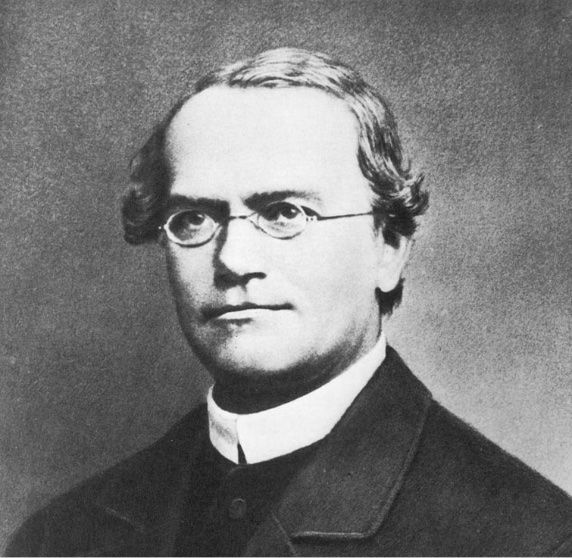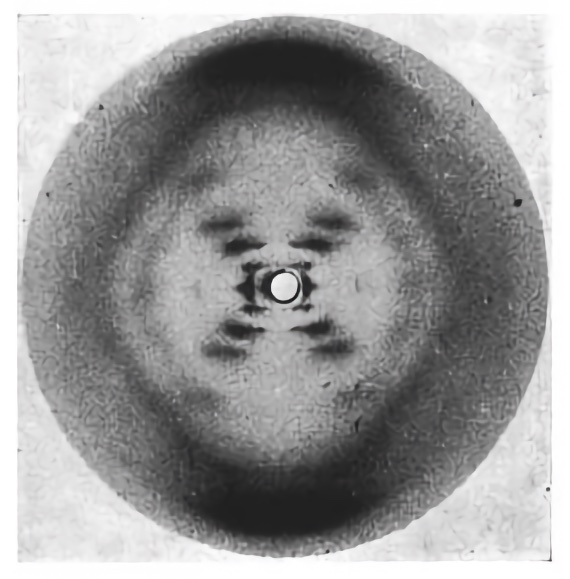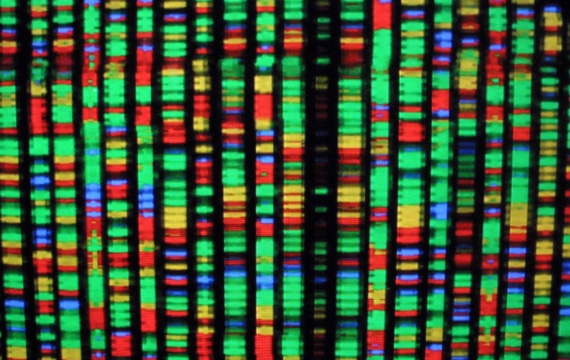Today, everyone knows that we resemble our parents and grandparents thanks to our genes. But the idea of inherited physical traits is so ancient that it is impossible to know when it first arose, although the earliest known attempts to explain it date back to classical Greece. Progress since then has been immense. However, the genome still holds many secrets: even something as seemingly simple as eye colour is difficult to predict.
For the philosophers of ancient Greece, the inheritance of traits was a meaty problem to sink their teeth into. Interestingly, the first idea was not entirely wrong: Hippocrates and Aristotle imagined that the body imparted certain seeds to semen and menstrual blood. However, in contrast to this rudimentary but forward-looking idea, the observation of sperm under the microscope in the 17th century gave rise to preformationism, the erroneous idea that the organism was already fully formed in miniature size in the gamete.

When Charles Darwin and Alfred Russel Wallace conceived of natural selection as the engine of evolution in the 19th century, the inheritance of traits became a gaping hole in the theory. At the time, it was still widely believed that acquired traits—such as the development of a muscle—could also be inherited. Darwin tried to explain this by so-called pangenesis: the idea that body parts emitting particles, called gemmules, which aggregated in the gonads to be passed on to offspring. He was wrong.
The race to decipher DNA
Genetics was born at the same time as the work of Darwin and Wallace with the Austro-Czech monk Gregor Mendel and his laws of heredity, which he discovered by crossing varieties of pea plants and observing how traits were passed on. Mendel’s experiments were ignored for decades and later questioned because the mathematical determinism they suggested did not square with the variability of Darwinian evolution.
[+] Watch Fullscreen
At the beginning of the 20th century, genetics began to gain momentum. In 1902, Edmund Beecher Wilson took up the work of Theodor Boveri and Walter Sutton to propose that heredity resided in the chromosomes of the cell nucleus, which was confirmed in 1915 by Thomas Hunt Morgan’s experiments with the fly Drosophila melanogaster. In 1909, the Danish botanist and geneticist Wilhelm Johannsen had coined the term “gene” as the unit of heredity, but it was still an abstract concept. In fact, although it had been known since the previous century that chromosomes contained a substance called deoxyribonucleic acid (DNA), for decades it was believed that genes resided in their other component, proteins.
The problem was that, in order to house genes, a molecule capable of encoding information was needed. This was thought to be possible with proteins, long chains of about twenty amino acids, but DNA was only made up of four units or bases, which were present in similar quantities: adenine (A), cytosine (C), guanine (G) and thymine (T). Nevertheless, in the 1940s, experiments with bacteria by Oswald Avery, Colin MacLeod and Maclyn McCarty showed that the substrate of genes was DNA, not proteins. At first, few scientists appreciated this observation. One of them, Erwin Chargaff, analysed the composition of DNA in more detail and discovered something that suggested a code: the amount of A in a DNA molecule was equal to the amount of T, the amount of C equal to the amount of G, and these proportions varied in different species.

Thus began the race to construct a DNA molecule capable of encoding information, and that was compatible with the chemical results and observations of its structure by the X-ray diffraction technique. In 1952, Rosalind Franklin and Raymond Gosling obtained the famous photo 51, which revealed the shape of a double helix. Without Franklin’s permission, her colleague and competitor, Maurice Wilkins, showed the image to James Watson, giving him the definitive clue he and Francis Crick needed to figure out the structure they had been pursuing. The result was published in Nature on 25 April 1953.
The inheritance of acquired traits
Watson and Crick’s structure allowed copying and thus inheritance, but the actual code that translated the DNA bases into proteins was not deciphered until 1966. These findings ushered in a new science—molecular biology—which built on the discovery in 1961 by François Jacob and Jacques Monod that not all genes code for traits (phenotypes), but that some serve to regulate the expression of others. Essential to this was the technology for reading gene sequences, the first rapid and widely adopted method of which was developed by Frederick Sanger in 1977.
In 2003, the first sequence of the human genome was completed, sparking a dramatic development of new sequencing technologies that can now read a person’s entire DNA in just five hours. Science has now sequenced some 30 million human genomes, but interpreting this instruction manual will take decades, perhaps centuries. Today we know that not everything is as simple as Mendel’s pea plants: only a few genes, including some genetic diseases, have pure Mendelian inheritance. Most traits, including the most obvious ones such as eye colour, are the result of the interaction of many genes, some of which may not yet be known.

To complicate matters further, in recent decades it has been discovered that certain chemical marks in DNA that do not alter the sequence, and which are acquired during an individual’s lifetime, also influence traits and can be inherited. This is epigenetics, a young discipline which, paradoxically for science, has revived the inheritance of acquired traits that had been discarded since Mendel.
Comments on this publication